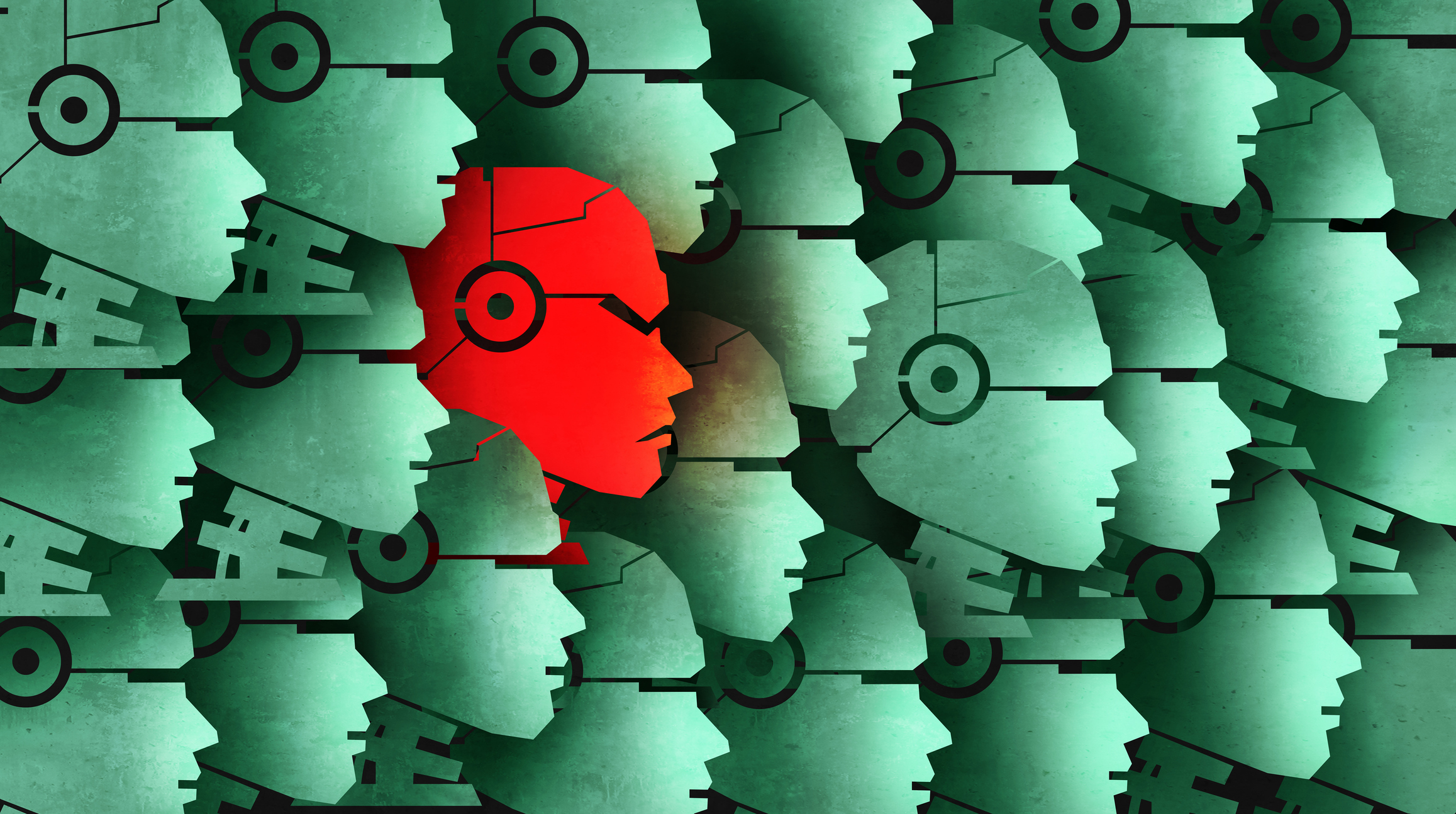Biometric ID: The Next Step in Bank Security
Banks go high-tech in their attempts to verify identity.

Banks are increasingly turning to biometrics and other alternative identification methods that mobile and online customers already are comfortable using.
Expect biometric authentication techniques to expand over the next few years. These include fingerprint, face and voice recognition technologies.
Many smart phones are already equipped with the cameras needed for face recognition. Apple’s September purchase of Polar Rose, of Sweden, upped the ante for the technology, which reportedly will be available soon through the iPhone. And other manufacturers aren’t far behind.
From just $107.88 $24.99 for Kiplinger Personal Finance
Become a smarter, better informed investor. Subscribe from just $107.88 $24.99, plus get up to 4 Special Issues

Sign up for Kiplinger’s Free Newsletters
Profit and prosper with the best of expert advice on investing, taxes, retirement, personal finance and more - straight to your e-mail.
Profit and prosper with the best of expert advice - straight to your e-mail.
Additionally, fingerprint recognition is readily available on laptops, and the required recognition software is compatible now with Microsoft’s Windows 7 operating system.
Some manufacturers are even embedding fingerprint scanners into mobile phones. Authentec, of Melbourne, Fla., offers a mobile phone print reader now, while Hitachi will have a mobile finger sensor product for phones next year.
“For years, biometrics has been rated high in consumer surveys, despite the absence of biometrics in the hands of consumers,” said Robert Vamosi, a risk and fraud analyst for Javelin Strategy & Research. “That trend is changing now with touch pads that can record fingerprints and built-in webcams for facial recognition on the laptop and mobile handsets that can recognize the owner’s face, touch or sound of their voice.”
Banks seem ready to try it once consumers are comfortable with the technology. Deutsche Bank and Citibank have been using biometrics for years for employee access, but banks have been slow to deploy biometrics for customer transactions. That may change.
Citibank is ready to roll out voice biometrics to Australian customers in the next three months. Look for other regions to follow, and for other banks to monitor the effectiveness.
Banks will also experiment with one-time passwords, which can be sent via text message or e-mail. These are good for a short period of time -- usually 30 seconds or a minute. They are effective but can be burdensome if they have to be retyped.
Security questions will continue to be a popular verification technique. Knowledge-based questions, which are based on information the customer supplies when registering, are seen as the most effective and easy to use by banking customers, according to Javelin’s research.
Image recognition is perceived as less effective as it becomes more widely used, the survey shows. Using a mutually agreed-upon image at log-in will still be used by financial firms for a few years, but look for it to be replaced as more sophisticated techniques become available.
Profit and prosper with the best of Kiplinger's advice on investing, taxes, retirement, personal finance and much more. Delivered daily. Enter your email in the box and click Sign Me Up.

-
 'Donroe Doctrine' Pumps Dow 594 Points: Stock Market Today
'Donroe Doctrine' Pumps Dow 594 Points: Stock Market TodayThe S&P 500 rallied but failed to turn the "Santa Claus Rally" indicator positive for 2026.
-
 The Wealth Equation: Balancing Money and Stress
The Wealth Equation: Balancing Money and StressSponsored Don’t let assets be a liability that strains your family.
-
 Is Your Emergency Fund Running Low? Here's How to Bulk It Up
Is Your Emergency Fund Running Low? Here's How to Bulk It UpIf you're struggling right now, you're not alone. Here's how you can identify financial issues, implement a budget and prioritize rebuilding your emergency fund.
-
 AI Appliances Aren’t Exciting Buyers…Yet
AI Appliances Aren’t Exciting Buyers…YetThe Kiplinger Letter Artificial intelligence is being embedded into all sorts of appliances. Now sellers need to get customers to care about AI-powered laundry.
-
 Banks Are Sounding the Alarm About Stablecoins
Banks Are Sounding the Alarm About StablecoinsThe Kiplinger Letter The banking industry says stablecoins could have a negative impact on lending.
-
 When Tech is Too Much
When Tech is Too MuchOur Kiplinger Retirement Report editor, David Crook, sounds off on the everyday annoyances of technology.
-
 Big Changes Are Ahead for Higher Ed
Big Changes Are Ahead for Higher EdThe Kiplinger Letter A major reform of higher ed is underway. Colleges are bracing for abrupt change, financial headwinds and uncertainty.
-
 I Let AI Read Privacy Policies for Me. Here's What I Learned
I Let AI Read Privacy Policies for Me. Here's What I LearnedA reporter uses AI to review privacy policies, in an effort to better protect herself from fraud and scams.
-
 What New Tariffs Mean for Car Shoppers
What New Tariffs Mean for Car ShoppersThe Kiplinger Letter Car deals are growing scarcer. Meanwhile, tax credits for EVs are on the way out, but tax breaks for car loans are coming.
-
 AI’s Rapid Rise Sparks New Cyber Threats
AI’s Rapid Rise Sparks New Cyber ThreatsThe Kiplinger Letter Cybersecurity professionals are racing to ward off AI threats while also using AI tools to shore up defenses.
-
 Blue Collar Workers Add AI to Their Toolboxes
Blue Collar Workers Add AI to Their ToolboxesThe Kiplinger Letter AI can’t fix a leak or install lighting, but more and more tradespeople are adopting artificial intelligence for back-office work and other tasks.